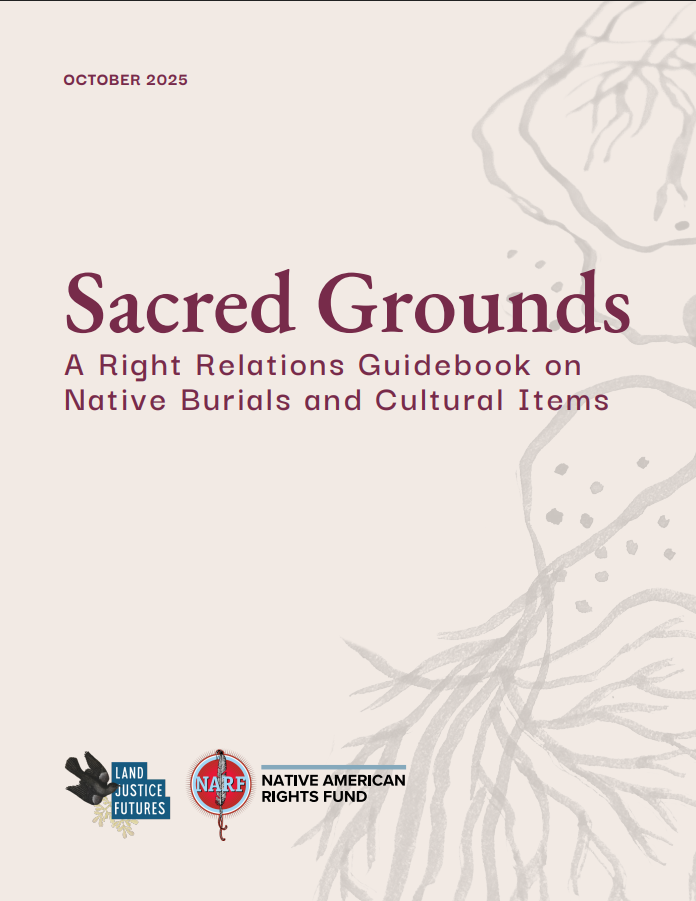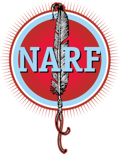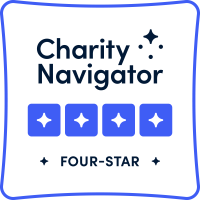Throughout NARF’s longstanding work supporting Tribal Nations and Indigenous communities, NARF has been committed to helping foster respectful and just relationships with sacred places, Native American burials, and cultural objects. That’s why we’re proud to share the Sacred Grounds: A Right Relations Guidebook on Native Burials and Cultural Items, co-authored with Land Justice Futures.

This guide is a critical tool for conservation organizations, religious institutions, private landowners, and other organizations that may find themselves in possession of—or responsible for—burial sites, cultural objects, or Native American human remains that have ongoing spiritual, cultural, and historical significance to Tribal Nations. This guide offers practical, ethical, and legal guidance rooted in the direct experience of Indigenous peoples and the obligations of justice.
Why This Matters
Many entities and organizations—even well-intentioned ones—hold land or cultural objects without fully understanding their importance to Tribal Nations. Religious communities, conservation organizations, or private landowners might ask:
- Does this land have Native American burial sites?
- Are there cultural objects in my possession or control?
- What are my obligations under the law, and more importantly, under ethical and relational principles?
Colonial policies and historical disregard have inflicted lasting trauma on Indigenous peoples and their sacred places. The process of returning Native American human remains, repatriating cultural objects, or safeguarding burial sites is not simply a technical task—it’s a process of healing, accountability, and renewed respect for Tribal sovereignty.
The Sacred Grounds guide does not replace legal counsel, but it does provide a framework for the handling and care of Native American human remains and cultural objects rooted in Indigenous values and relational principles..
What the Guide Covers
Here’s an overview of the major themes and sections:
1. Introduction & Healing from Colonization
The guide begins with reflections on how colonialism disrupted Indigenous relationships with the dead, land, and cultural practices. It emphasizes that right relations require more than compliance with rules—they demand respect, humility, and listening.
2. What is NAGPRA?
A core portion is dedicated to explaining the Native American Graves Protection and Repatriation Act (NAGPRA): its purpose, requirements, and how it applies to religious institutions and private landowners. The guide also includes a helpful FAQ tailored to such organizations.
3. Common Relationships to Burials and Cultural Objects
The guide identifies five common situations where entities might interact with Native American human remains or cultural objects:
- Possession or control of Native American human remains or cultural objects
- Protecting land for reburial of Native American human remains or cultural objects
- Stewarding Native American burial sites
- Boarding school burials
- Discovery of Native American human remains or cultural objects through excavation or inadvertent discovery
For each scenario, the guide offers advice on best practices, responsibilities, and respectful decision-making when it comes to the handling and care of Native American human remains and cultural objects.
4. Meaningful Consultation and Repair
At the heart of this work is consultation with Tribal Nations—not just as a statutory obligation or as a formality, but as a process of accountability. The guide covers principles and steps for meaningful consultation and the ongoing work of repair and trust-building with Tribal Nations.
How NARF Supports Work in This Realm
At NARF, we maintain that the laws, policies, and practices concerning Native American human remains, cultural objects, and burial sites should reflect and respect Tribal sovereignty. Our work includes:
- Assisting Tribal Nations in asserting their rights under NAGPRA and related laws
- Supporting Tribal communities in repatriation and recovery efforts
- Offering legal analysis and advocacy to institutions engaging in this work
- Promoting ethical, relational frameworks rather than mere legal compliance
The Sacred Grounds guide is a critical companion to these efforts. It helps equip non-Tribal partners—like religious institutions, conservation groups, and private landowners—to do better by Tribal Nations and Indigenous peoples.
What You Can Do
If you represent a church, museum, school, land trust, private organization, or any institution that might interact with Native American human remains, Native American burial sites, or cultural objects, here are some next steps:
- Read the guide for your context and situation (downloadable as a PDF).
- Initiate meaningful consultation with the relevant Tribal Nations—don’t presume to know what’s best.
- Evaluate what is in your possession or control: Are there burial mounds, unmarked graves, or cultural objects you should account for?
- Develop an action plan based on ethical, legal, and relational principles—not just “what the law requires.”
- Partner with Tribal Nations and experts to facilitate return or respectful preservation of sites and objects.
A Call to Right Relations
We encourage you to visit the Sacred Grounds Guide and use it as a practical and moral resource in your work. If you’d like help interpreting or applying it in your context, NARF is here to assist.
More blog posts

